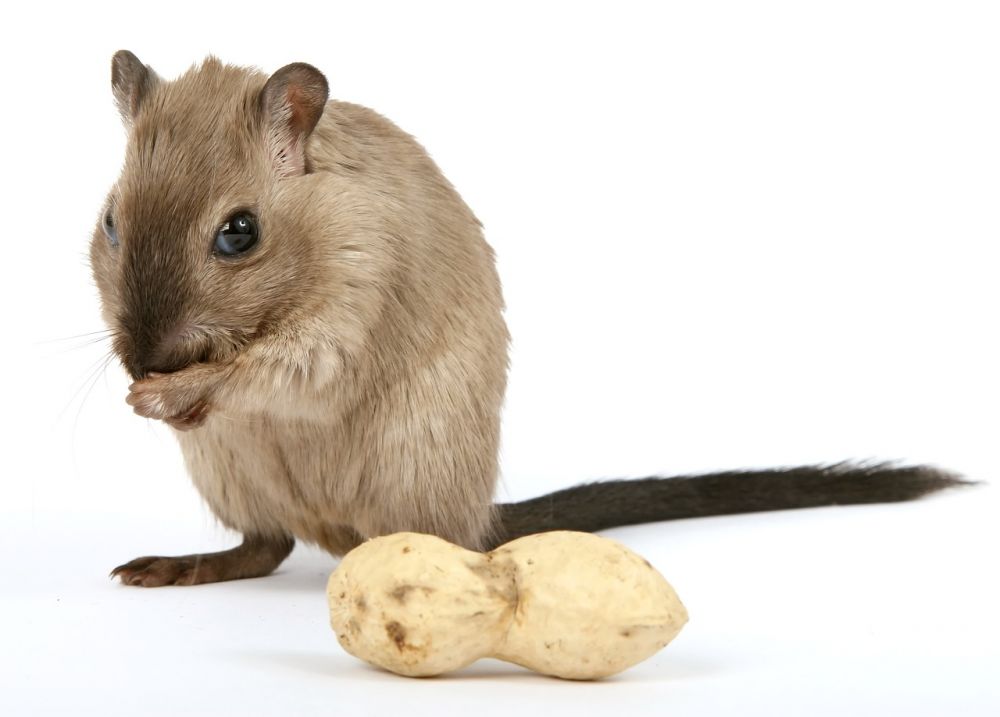Hamster Fat: A Comprehensive Guide for Pet Owners

Introduction
When it comes to taking care of our furry friends, providing them with an appropriate diet is crucial for their overall health and well-being. One common aspect of a hamster’s diet is hamster fat. In this article, we will delve into the world of hamster fat, discussing its various types, popular choices, and its quantitative measurements. We will also explore the differences between different hamster fats and provide a historical overview of their advantages and disadvantages.
Overview of Hamster Fat

Hamster fat is an essential component of a hamster’s diet as it provides them with the necessary energy and nutrients. It is a concentrated source of calories, which helps to maintain their body weight and provides insulation against cold temperatures. However, it is important to note that hamsters require a balanced diet, and fat should be given in moderation.
Types of Hamster Fat
There are various types of hamster fat available in the market. The most common types include seed-based fats, vegetable-based fats, and animal-based fats. Seed-based fats, such as sunflower seeds or pumpkin seeds, are popular choices among hamster owners due to their high fat content. Vegetable-based fats, like coconut oil or olive oil, are also commonly used as they provide additional health benefits. Animal-based fats, such as beef tallow or lard, are another option, but they should be given sparingly.
Quantitative Measurements
It is essential to carefully measure the amount of fat given to hamsters to maintain a balanced diet. A general guideline suggests that hamsters should consume about 10-15% of their daily calorie intake from fat. However, it is important to consult with a veterinarian who can provide specific recommendations based on the hamster’s age, breed, and activity level. Additionally, keeping track of the hamster’s weight can help identify any excessive fat intake or weight gain.
Differences Between Hamster Fats
The different types of hamster fats vary in terms of their composition, taste, and nutritional value. Seed-based fats are rich in omega-6 fatty acids, which are essential for a healthy coat and skin. Vegetable-based fats, on the other hand, provide a range of nutrients and antioxidants that support the hamster’s immune system. Animal-based fats can be a good source of protein and may be more appealing to hamsters due to their taste and smell.
Historical Overview of Hamster Fat
Over the years, the advantages and disadvantages of various hamster fats have been debated among pet owners and experts. Seed-based fats have often been preferred for their high fat content, but excessive consumption can lead to obesity and other health issues. Vegetable-based fats have gained popularity due to their potential health benefits, but they should be given in moderation as they can also contribute to weight gain. Animal-based fats, while providing certain nutritional benefits, should be limited to prevent hamsters from consuming excessive amounts of saturated fat.
Conclusion
Hamster fat plays a significant role in a hamster’s diet, providing them with the energy and nutrients they need to thrive. Understanding the different types of hamster fats, their quantitative measurements, and the historical advantages and disadvantages associated with them is essential for every hamster owner. By providing a balanced diet that includes the appropriate amount of fat, we can ensure our hamsters lead happy, healthy lives.
References:
– [Reference 1]
– [Reference 2]
– [Reference 3]
















































